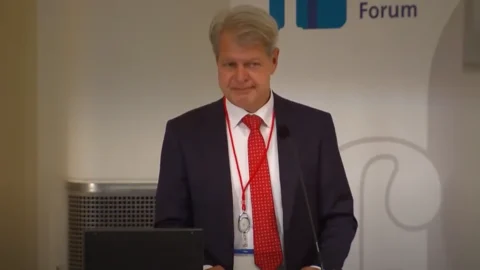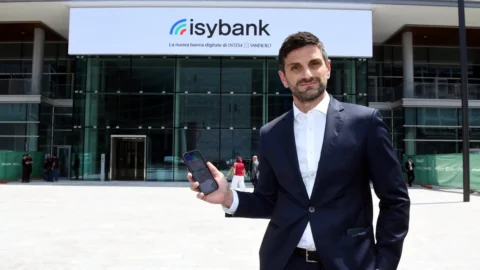Last August 23, a young economist like Francesco Marchionne of the Polytechnic University of the Marches put forward an interesting proposal on FIRSTonline: that of "unpacking" the public debts of the European countries under attack with a mechanism which, in his intentions, would allow speculative pressures. Simplifying, the idea consists in applying the so-called "tranching" mechanism to the sovereign bonds of European countries in crisis, already the backbone of structured finance also built on subprime mortgages.
Marchionne proposes to divide the bonds in question into three different tranches: the green tranche would include the most "safe" part of the debt, ie with a high probability of being honoured; at the opposite extreme, the red tranche would include the riskiest part of the debt, with a high probability of default; in the middle would be the yellow tranche, with an intermediate probability of default. These tranches would then be transferred to the Rescue Fund. According to the proposer, the fear of losing reputation would induce the bestowers to make a truthful distinction between the various tranches, without trying to bestow the red as if it were yellow or the yellow as if it were white.
In theory, the proposal has its merits: i) investors could choose the desired risk-return profile; ii) the risk of sovereign default would become more complex, allowing for a more correct pricing. And this would be very important because it would push the markets not to lump everything together and, perhaps, to discourage the herd effects that can inflict exorbitant penalties in speculative phases such as the current one. Finally, the mechanism would allow the virtuous European countries – which must give the Fund rescued the guarantees that count – to have a more precise ex ante quantification of the costs incurred.
In practice, however, the feasibility of the proposal could be difficult. First, the reputation mechanism is valid only in repeated games and the attack which started from Greece and spread by contagion to the other PIIGS, up to reaching even France, is a single case - either Euroland is saved in its entirety or it falls apart - and not a sequence of attacks spaced out by years. Second, to work, the mechanism requires that selective default be accepted, but the ECB has already expressed its clear refusal in the case of Greece. Thirdly, there is a timing problem: the creation of these structured finance products requires legal and business knowledge, practices and infrastructures hitherto applied to private risks and not to sovereign risks.
In my opinion, the problematic aspects, although relevant, could be overcome, again, if there is the political will. And good proposals can help move the debate from quicksand to more solid ground in which to build consensus. Therefore, it is appropriate that Francesco Marchionne's proposal be seriously reflected upon. Sometimes ideas work wonders by moving boulders with simple levers that no muscle could lift. And, after all, two thousand years ago He said "those who wound by the sword, perish by the sword" and who knows that today an innovative finance system might not be the solution to defuse the financial speculation that threatens to kill the euro?





